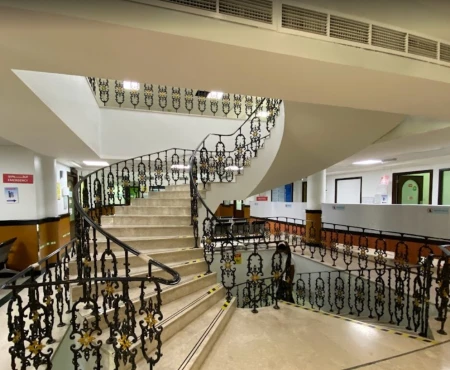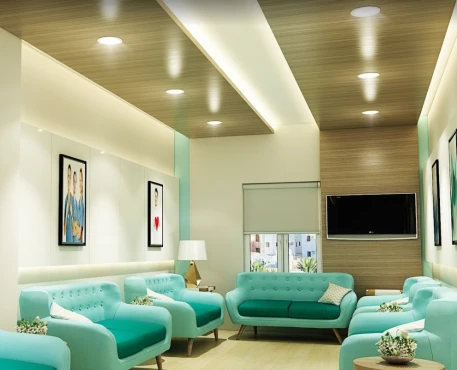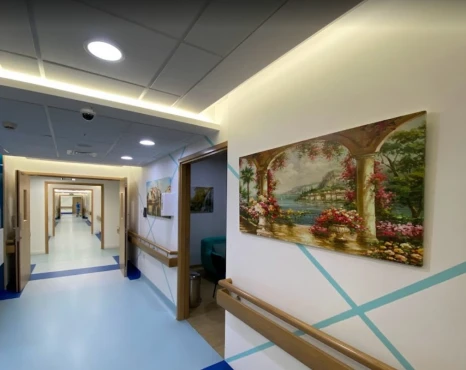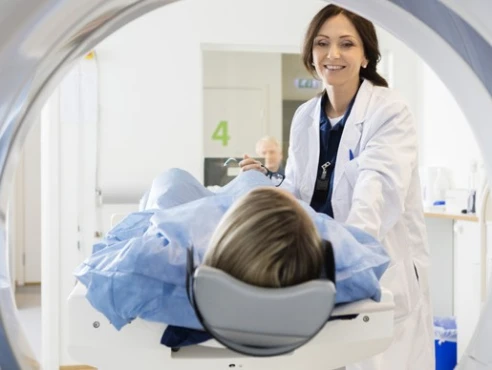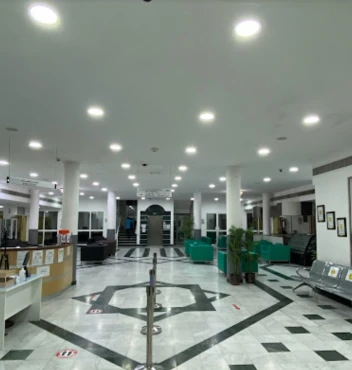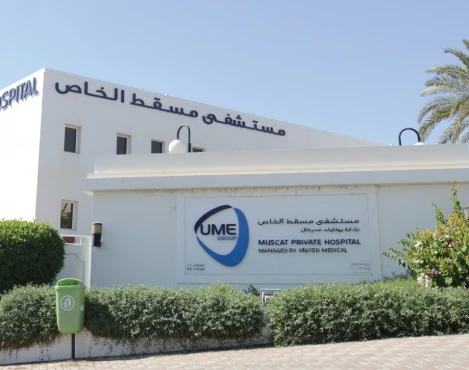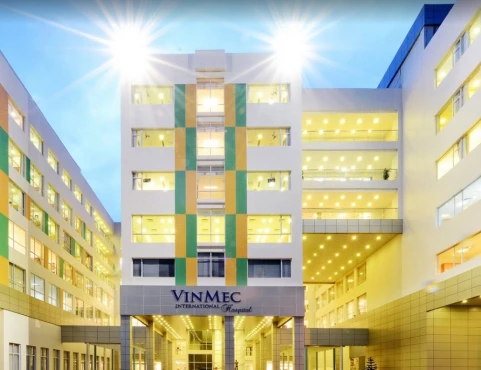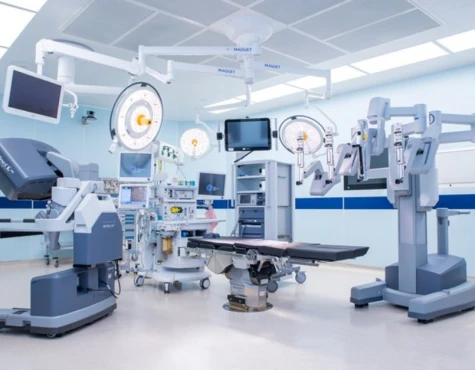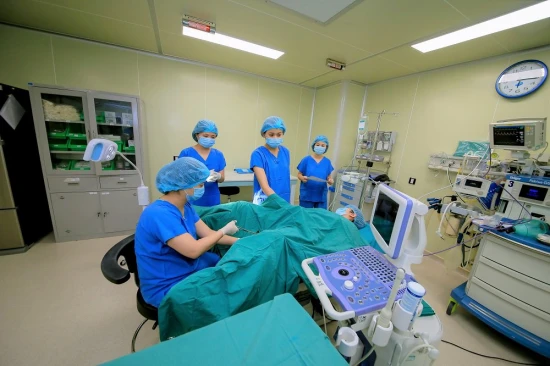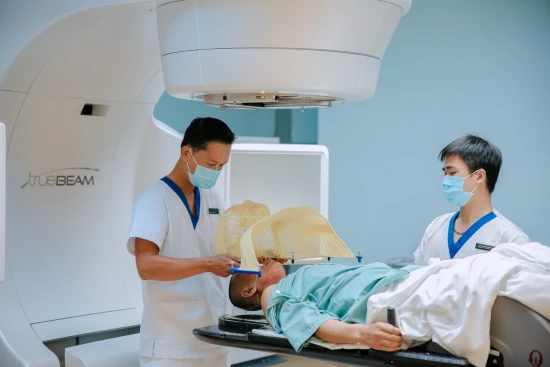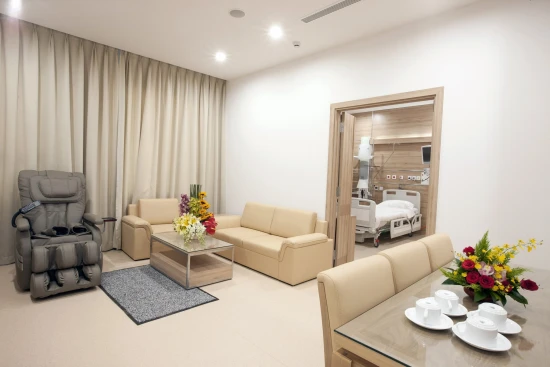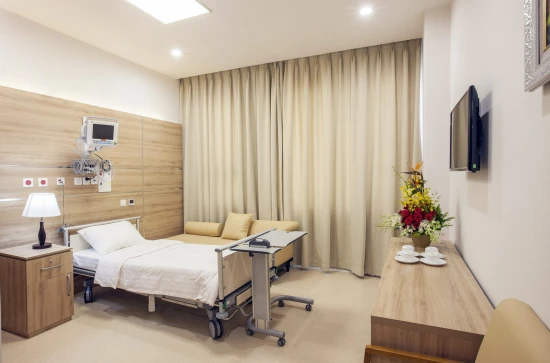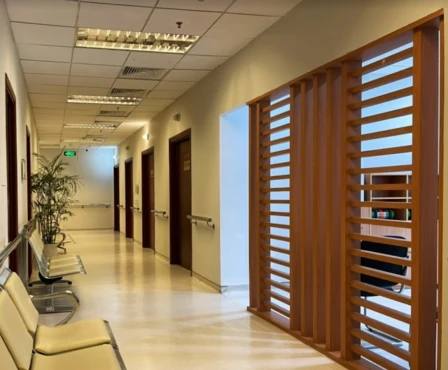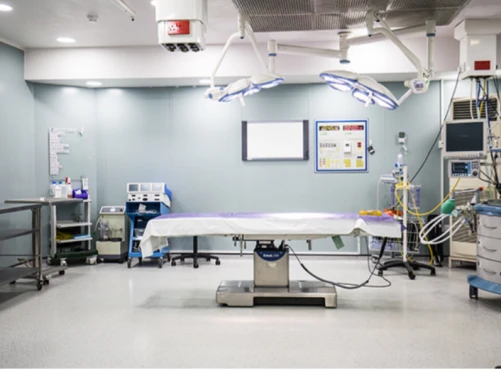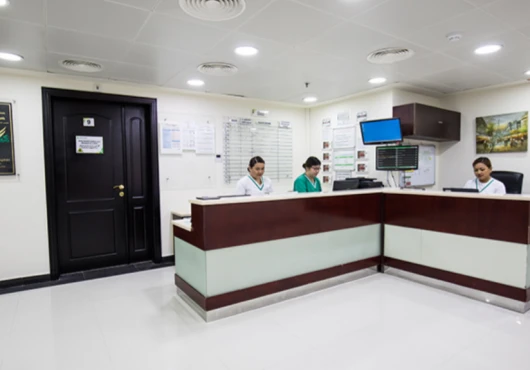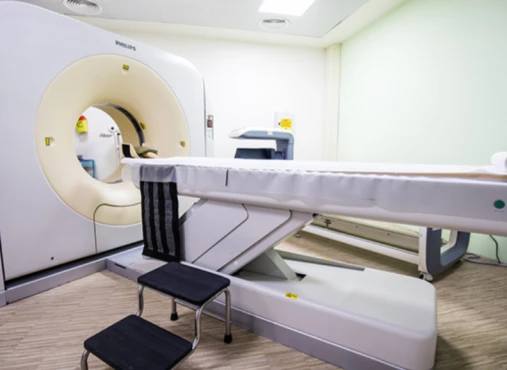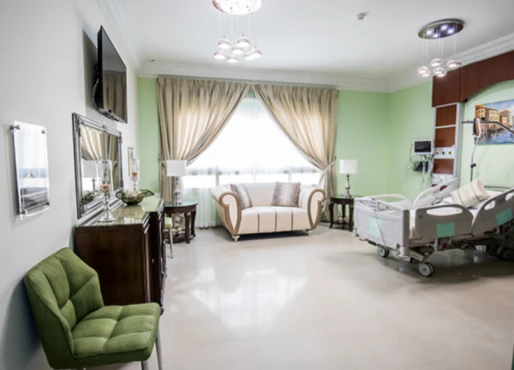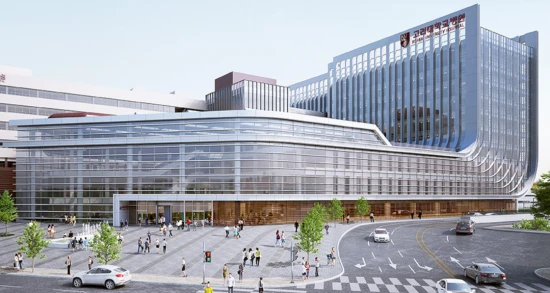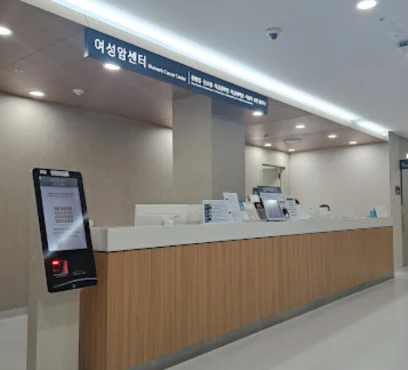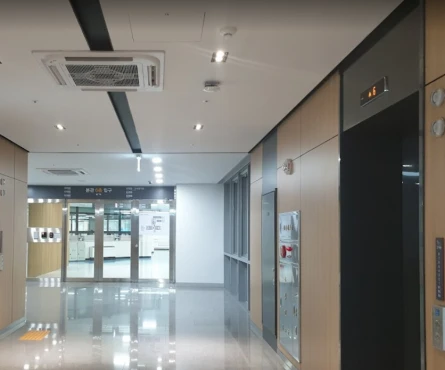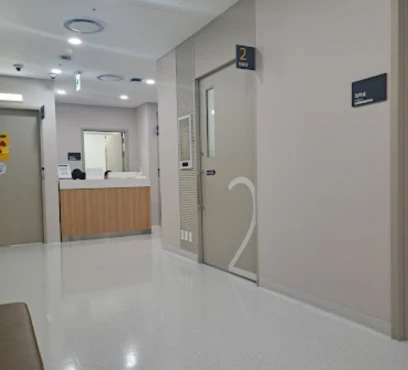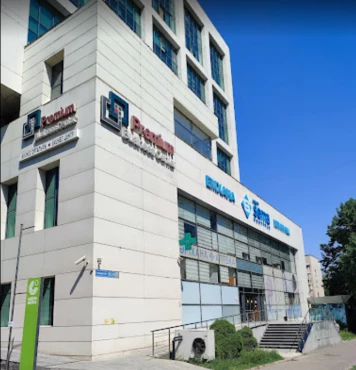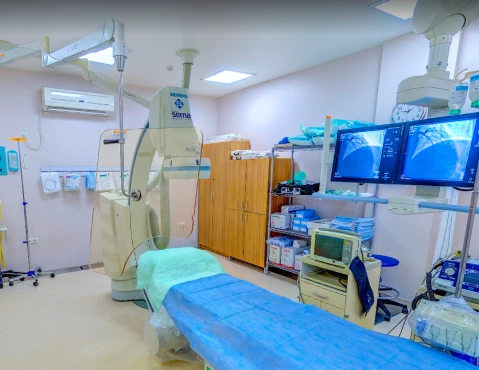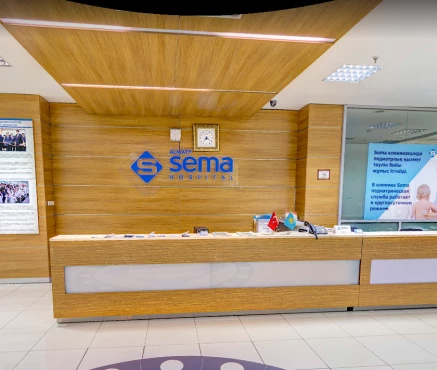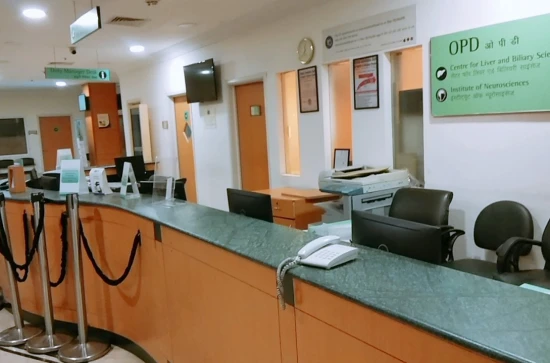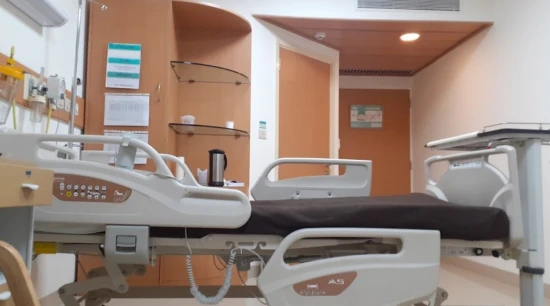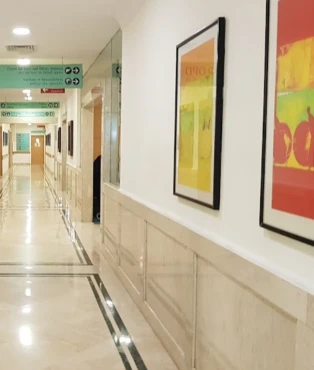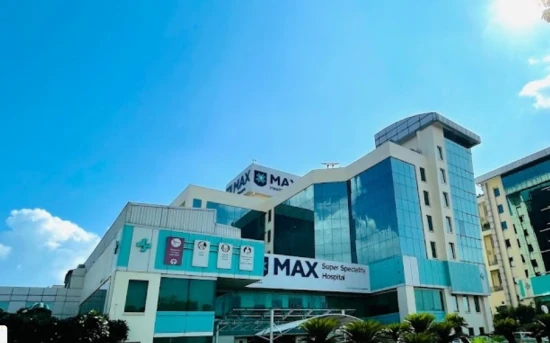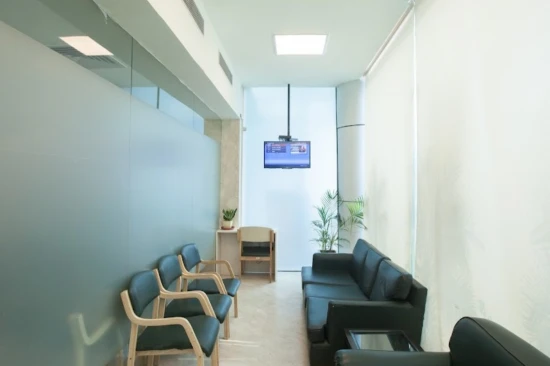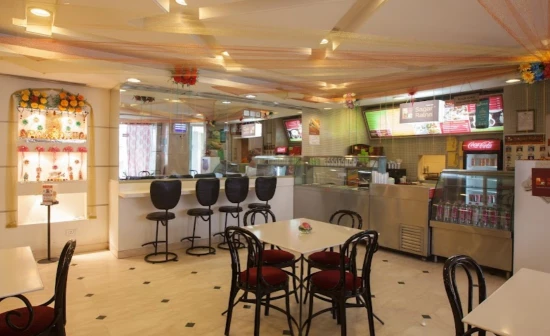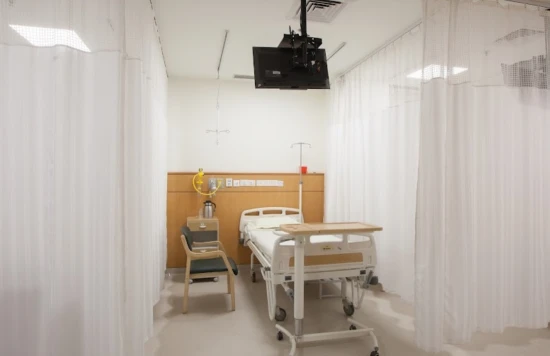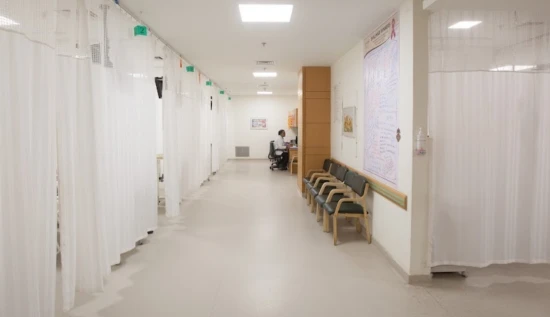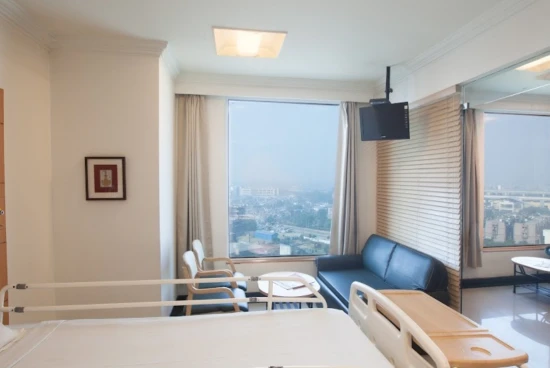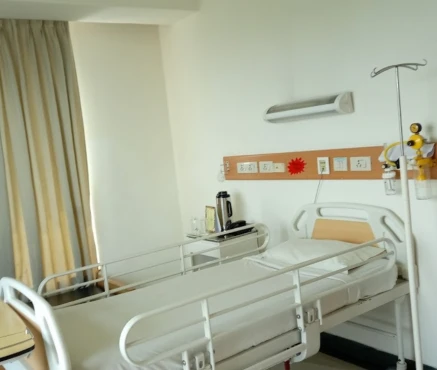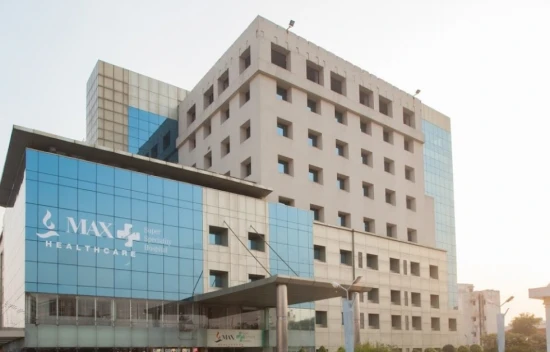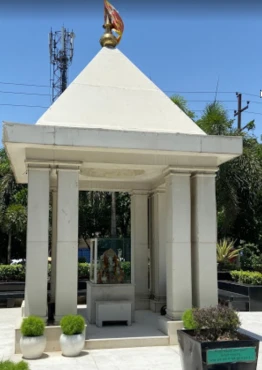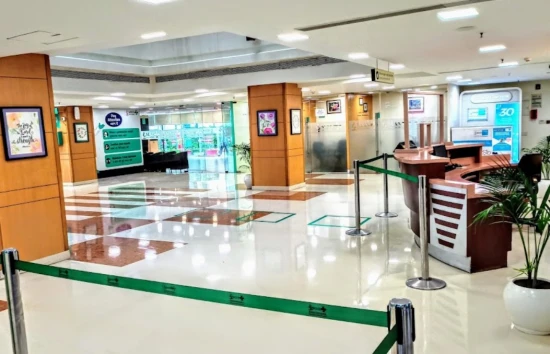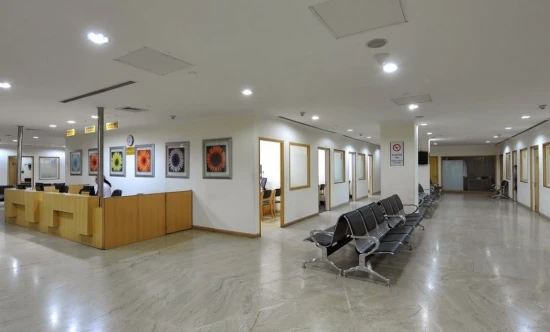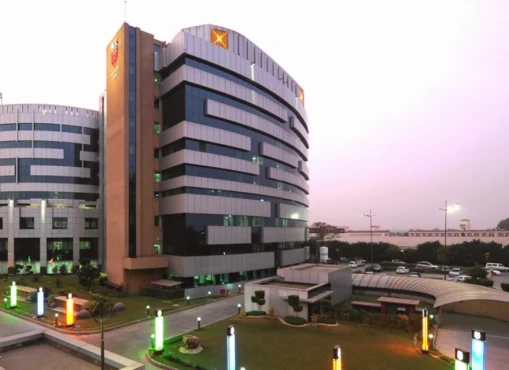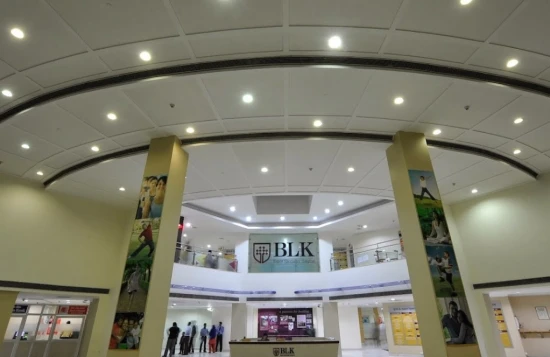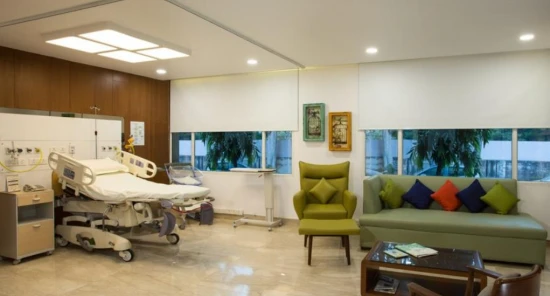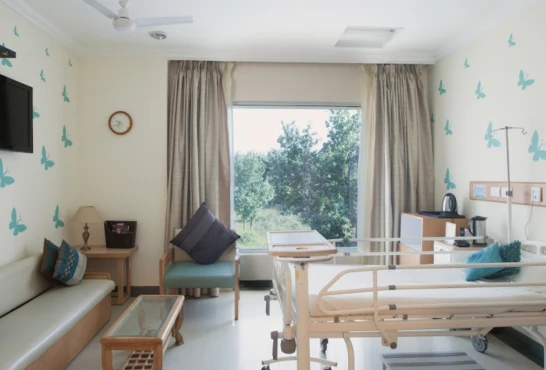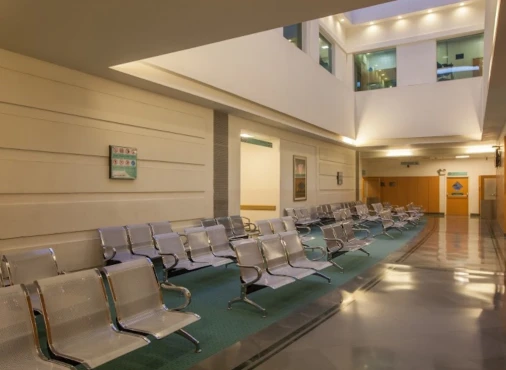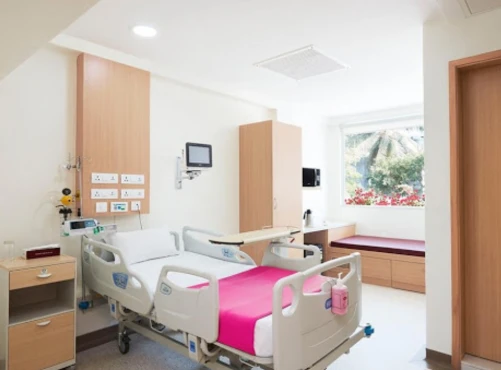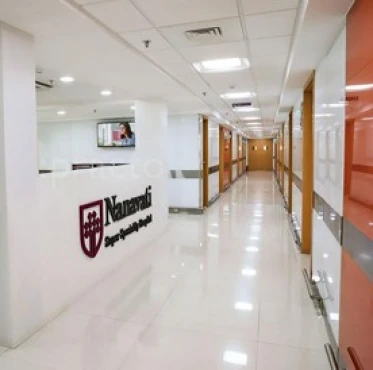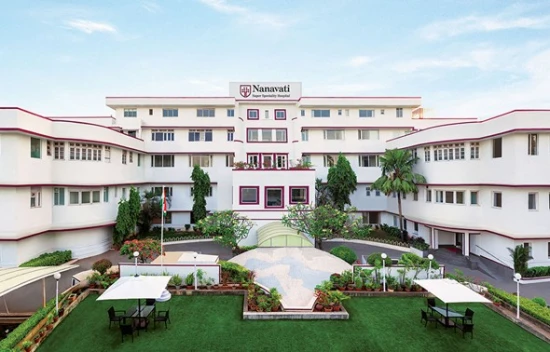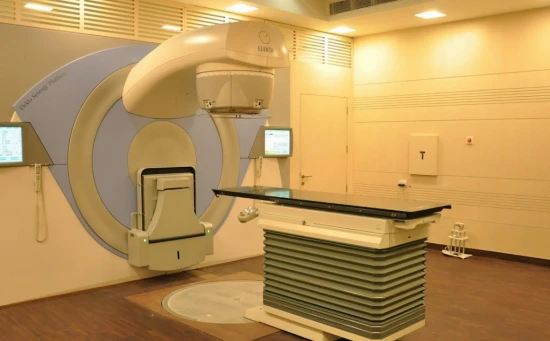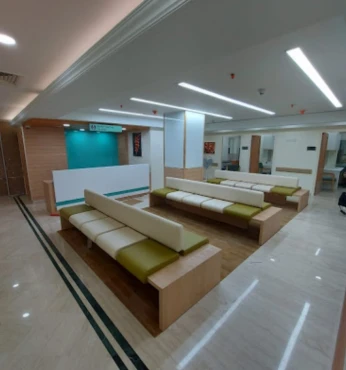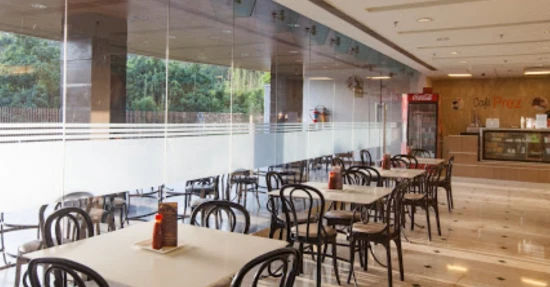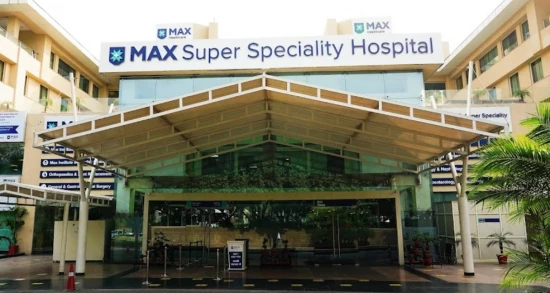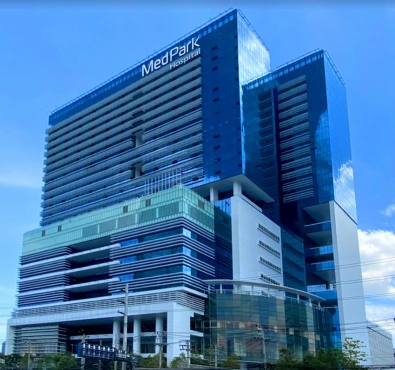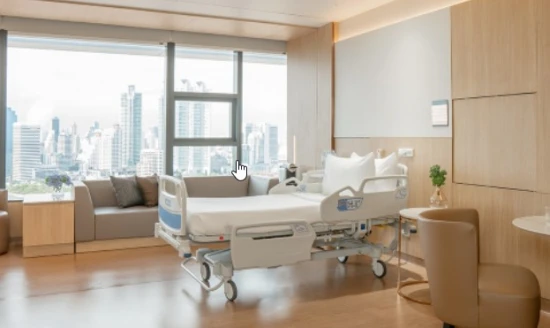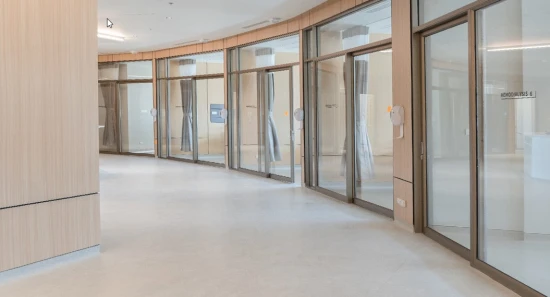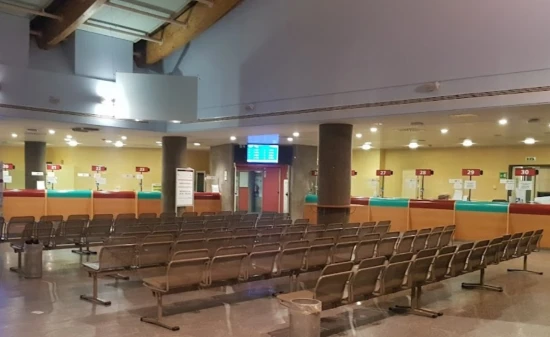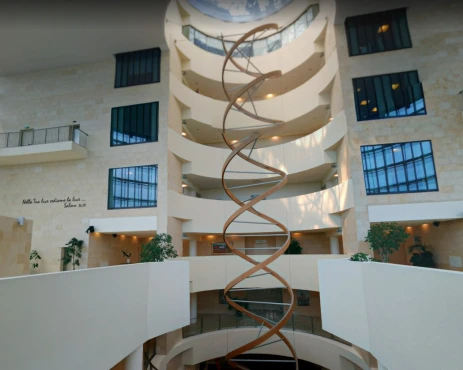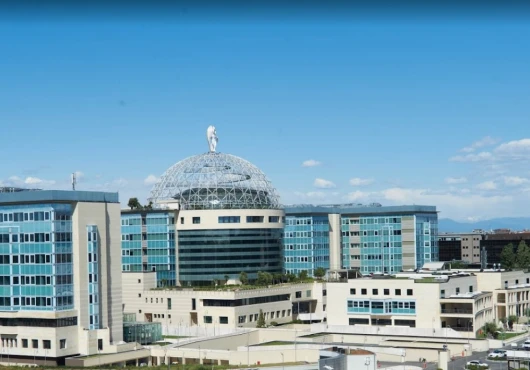Deep brain stimulation (DBS) in 419 Neurosurgery clinics worldwide
419 clinics specializing in Neurosurgery providing Deep brain stimulation (DBS) Deep brain stimulation (DBS) is a surgical procedure where electrodes are implanted in specific regions of the brain and connected to a device that delivers electrical impulses, used to treat neurological conditions such as Parkinson's disease or essential tremor. procedure worldwide.
Sorted by:
Relevance
Rating
Cost of procedures
Relevance
Prices for selected procedures, total:
≈ $24,590
Prices for popular procedures:

Muscat, Oman
Specializations: Cardiac surgery, Vascular surgery, Thoracic surgery, Neurosurgery, Spine surgery, Orthopedic surgery, Oncology
Badr Al Samaa Group of Hospitals & Medical Centres made its humble beginning as Polyclinic in 2002 and gradually became the largest private healthcare group
read more
Prices for selected procedures, total:
≈ $24,590
Prices for popular procedures:
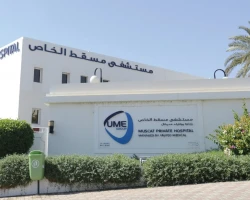
Muscat, Oman
Specializations: Cardiac surgery, Vascular surgery, Thoracic surgery, Neurosurgery, Spine surgery, Orthopedic surgery, Oncology
Languages: Arabic, English, French, Hindi, Italian, Urdu
Located in the heart of Muscat and scenic area of Bausher, Muscat Private Hospital (MPH) is Oman’s first premier private medical facility offering state-of-the-art luxury
read more
Prices for selected procedures, total:
≈ $23,727
Prices for popular procedures:
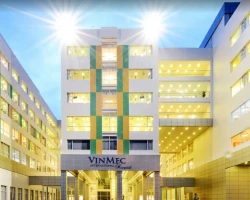
Ho Chi Minh City, Vietnam
Specializations: Cardiac surgery, Vascular surgery, Thoracic surgery, Neurosurgery, Spine surgery, Orthopedic surgery, Oncology
Languages: English
Inheriting the prestige and outstanding quality of Vinmec Healthcare system, Vinmec Central Park International Hospital is the third hospital in the system to be officially
read more
Prices for selected procedures, total:
≈ $132,690
Prices for popular procedures:

Abu Dhabi, United Arab Emirates
Specializations: Neurosurgery, Spine surgery, Orthopedic surgery, Oncology, Dentistry
Languages: English
Dublin Health Services launched Seha Emirates Hospital in February 2012 as a boutique hospital providing global services in order to provide quality & patient-oriented Inpatient
read more
Prices for selected procedures, total:
≈ $150,467
Prices for popular procedures:

Seoul, South Korea
Specializations: Cardiac surgery, Vascular surgery, Thoracic surgery, Neurosurgery, Spine surgery, Orthopedic surgery, Oncology, Dentistry
The hospital is fully devoted to elevating its medical service quality by introducing state-of-the-art equipment and systems such as Robot surgery, Linear Accelerator, 3.0T MRI,
read more
Prices for selected procedures, total:
$3,267
Prices for popular procedures:
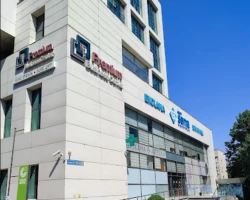
Almaty, Kazakhstan
Specializations: Cardiac surgery, Vascular surgery, Thoracic surgery, Neurosurgery, Spine surgery, Orthopedic surgery, Oncology, Dentistry
Languages: English, Russian
At the Almaty SEMA Hospital Clinic, you can get a full range of medical services provided by our leading specialists. Whether you need a small
read more
Prices for selected procedures, total:
from $29,160
Prices for popular procedures:

New Delhi, India
Specializations: Cardiac surgery, Vascular surgery, Thoracic surgery, Neurosurgery, Spine surgery, Orthopedic surgery, Oncology, Dentistry
Max Hospital has become one of the best names in the field of medical hospitality service in India. The Max Super Specialty Hospital Saket, New
read more
Prices for selected procedures, total:
from $29,160
Prices for popular procedures:

Delhi, India
Specializations: Cardiac surgery, Vascular surgery, Thoracic surgery, Neurosurgery, Spine surgery, Orthopedic surgery, Oncology, Dentistry
Languages: English
Max Super Specialty Hospital Patparganj, Delhi has been one of the top medical care facilities for not only the people of Delhi but also for
read more
Prices for selected procedures, total:
from $29,160
Prices for popular procedures:
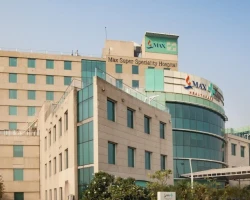
Delhi, India
Specializations: Cardiac surgery, Vascular surgery, Thoracic surgery, Neurosurgery, Spine surgery, Orthopedic surgery, Oncology, Dentistry
Languages: English
The Max super specialty hospital in the Shalimar Bagh region in Delhi is one of the most reputed super-specialty hospitals in the country offering specialized
read more
Prices for selected procedures, total:
from $29,160
Prices for popular procedures:
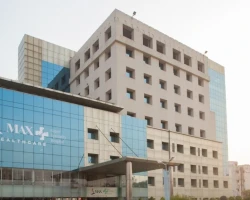
Delhi, India
Specializations: Cardiac surgery, Vascular surgery, Thoracic surgery, Neurosurgery, Spine surgery, Orthopedic surgery, Oncology, Dentistry
Max Super Speciality Hospital,Vaishali offers top-notch treatment across various specialties such as aesthetic and reconstructive surgery, cardiac sciences, orthopedics and joint replacement, nephrology, oncology, and
read more
Prices for selected procedures, total:
from $29,160
Prices for popular procedures:
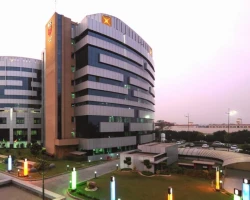
New Delhi, India
Specializations: Cardiac surgery, Vascular surgery, Thoracic surgery, Neurosurgery, Spine surgery, Orthopedic surgery, Oncology, Dentistry
BLK-Max Super Speciality Hospital has a unique combination of the best in class technology, put to use by the best names in the professional circles
read more
Prices for selected procedures, total:
from $29,160
Prices for popular procedures:
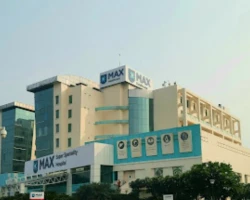
New Delhi, India
Specializations: Cardiac surgery, Vascular surgery, Thoracic surgery, Neurosurgery, Spine surgery, Orthopedic surgery, Oncology, Dentistry
The Max smart super specialty hospital in Saket is located in south Delhi and is a reputed multi- specialty hospital that has set its quality
read more
Prices for selected procedures, total:
from $29,160
Prices for popular procedures:
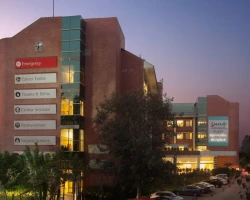
Mohali, India
Specializations: Cardiac surgery, Vascular surgery, Thoracic surgery, Neurosurgery, Spine surgery, Orthopedic surgery, Oncology, Dentistry
Max Super Speciality Hospital, Mohali is a unit of Hometrail Estate Pvt. Ltd., offering services across medical disciplines of Neurosciences, Cardiac Sciences, Cancer Care, Orthopaedics,
read more
Prices for selected procedures, total:
from $29,160
Prices for popular procedures:
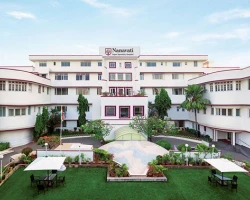
Mumbai, India
Specializations: Cardiac surgery, Vascular surgery, Thoracic surgery, Neurosurgery, Spine surgery, Orthopedic surgery, Oncology, Dentistry
The iconic healthcare institution of Mumbai, Dr. Balabhai Nanavati Hospital, blessed by Mahatma Gandhi and inaugurated in 1950 by India’s first Prime Minister Jawaharlal Nehru,
read more
Prices for selected procedures, total:
from $29,160
Prices for popular procedures:
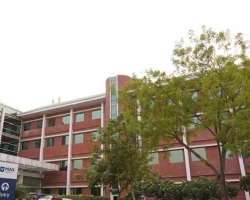
Bhatinda, India
Specializations: Cardiac surgery, Vascular surgery, Thoracic surgery, Neurosurgery, Spine surgery, Orthopedic surgery, Oncology, Dentistry
Max Super Speciality Hospital, Bathinda is known for its expertise in Neurosciences, Orthopaedics, Cardiac Sciences, Cancer Care, Obstetrics and Gynaecology, Minimal Access, Metabolic, and
read more
Prices for selected procedures, total:
from $29,160
Prices for popular procedures:
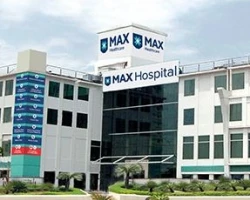
Gurgaon, India
Specializations: Cardiac surgery, Vascular surgery, Thoracic surgery, Neurosurgery, Spine surgery, Orthopedic surgery, Oncology, Dentistry
Max Hospital Gurgaon has treated over 5 lakh patients, applying its expertise across 35 specialised fields including Cardiac Sciences, Minimal Access, and Laparoscopic Surgery, Neurosciences,
read more
Prices for selected procedures, total:
from $29,160
Prices for popular procedures:
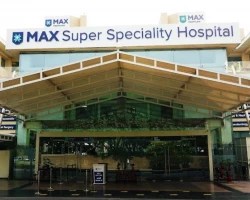
Dehradun, India
Specializations: Cardiac surgery, Vascular surgery, Thoracic surgery, Neurosurgery, Spine surgery, Orthopedic surgery, Oncology, Dentistry
The 200+ bed Max Hospital, Dehradun has always been at the forefront of providing quality healthcare. It has already done so for over 3 lakh
read more
Prices for selected procedures, total:
≈ $89,825
Prices for popular procedures:

Bangkok, Thailand
Specializations: Cardiac surgery, Vascular surgery, Thoracic surgery, Neurosurgery, Spine surgery, Orthopedic surgery, Oncology, Dentistry
MedPark Hospital was established from the cooperation of diverse healthcare professional fields and Mahaichai Hospital Public Company Limited. The hospital operates under medical professionals and
read more
Prices for selected procedures, total:
by request
Prices for popular procedures:
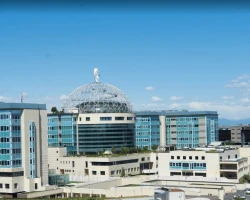
Milan, Italy
Specializations: Cardiac surgery, Vascular surgery, Thoracic surgery, Neurosurgery, Spine surgery, Orthopedic surgery, Oncology, Dentistry
Languages: English
The San Raffaele Hospital is an institute which embodies clinical, research and university activities. Established in 1971 it provides international-level specialized care for the
read more
Procedure price distribution worldwide
Deep brain stimulation (DBS):
$0.8 K
This price found at
Republican Research and Clinical Center of Neurology and Neurosurgery
in Belarus, Minsk
$63.9 K - 132.7 K
This price found at
Aarhus University Hospital (Skejby Sygehus)
and 116 more clinics in 17 countries
$198.2 K
This price found at
Hôpitaux Universitaires de Genève (HUG)
in Switzerland, Genève
Minimum Average Maximum
Procedure prices in popular countries:
Deep brain stimulation (DBS):
Turkey
$35.0 K - 35.1 K
in
18 clinics
Israel
$63.9 K - 63.9 K
in
12 clinics
United States
$74.4 K - 113.0 K
in
13 clinics
China
$147.2 K - 147.2 K
in
4 clinics
Germany
$161.1 K - 161.1 K
in
24 clinics
Countries with the highest number of clinics offering the procedures treatment:
Deep brain stimulation (DBS):
worldwide
419 clinics
Brazil
34 clinics
India
32 clinics
Germany
24 clinics
Mexico
24 clinics
Colombia
23 clinics
Clinics grouping by rating
Clinic with the highest rating of 5 — Cleveland Clinic Akron General in Akron, United States and 2 more, clinic with the most reviews number of 35757 — Aster CMI hospital in Bengaluru, India.
With rating 4.0 and over — 139 clinics .


